Affiliate links on Android Authority may earn us a commission. Learn more.
Google Pixel Redux: Proof of the power of software
I still vividly remember being in awe at the first advert for the Google Pixel back in October of 2016. The hyped-up music, the brash attitude, and the flashy visuals all come back in a heartbeat when I think about the Pixel. While some mourned the death of the Nexus brand, there was no denying the energy surrounding Google’s first proper step into smartphone hardware. Here was a unique-looking phone with the weight of Google behind it and, for the time, a handful of bleeding-edge features.
Over the past three and a half years a lot has changed in the smartphone world. We’ve had an influx of cameras, to the point that multiple camera setups are the norm. High refresh rate displays are now steadily becoming the norm, and we now have foldable smartphones entering the market. In this edition of Redux, I want to take a look at the original Google Pixel to see how the 2016 flagship fares in today’s smartphone world.
Google Pixel: The background
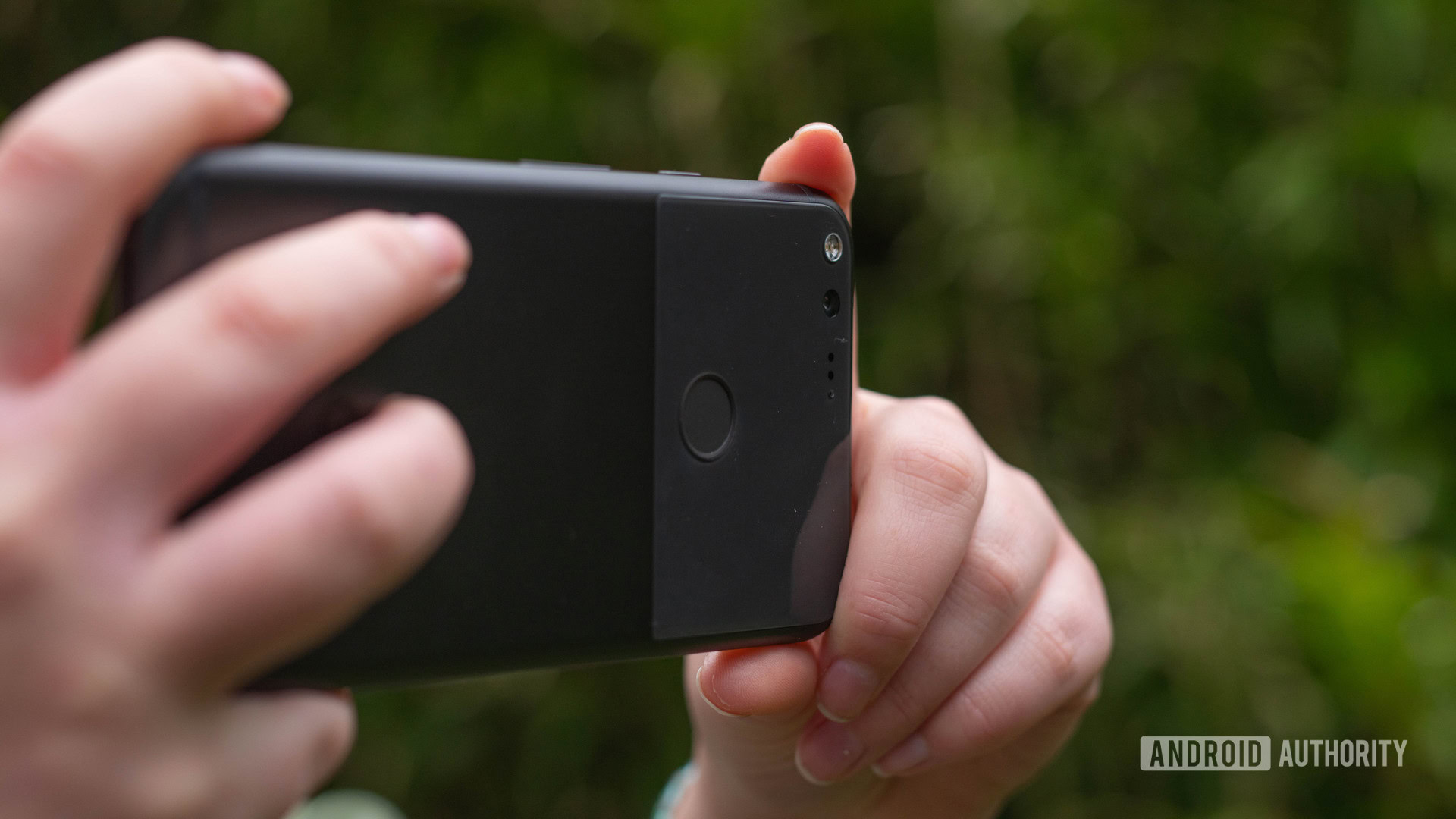
When you break it down, it’s clear that the original Pixel was an experimental device for Google to really gauge what its customers wanted and, crucially, what they were willing to pay for. The phone featured the best specs, including the Snapdragon 821 SoC which was Qualcomm’s top-tier processor at the time, 4GB RAM, and FHD/QHD AMOLED displays on the regular and XL models, respectively. This put it in the same specs camp as the likes of the iPhone 7, Galaxy S7, and OnePlus 3T.
The software was equally fantastic. The Google Pixel ran Android Nougat at launch, the latest version at the time, and continued to get system updates up until 2020.
How does it hold up?
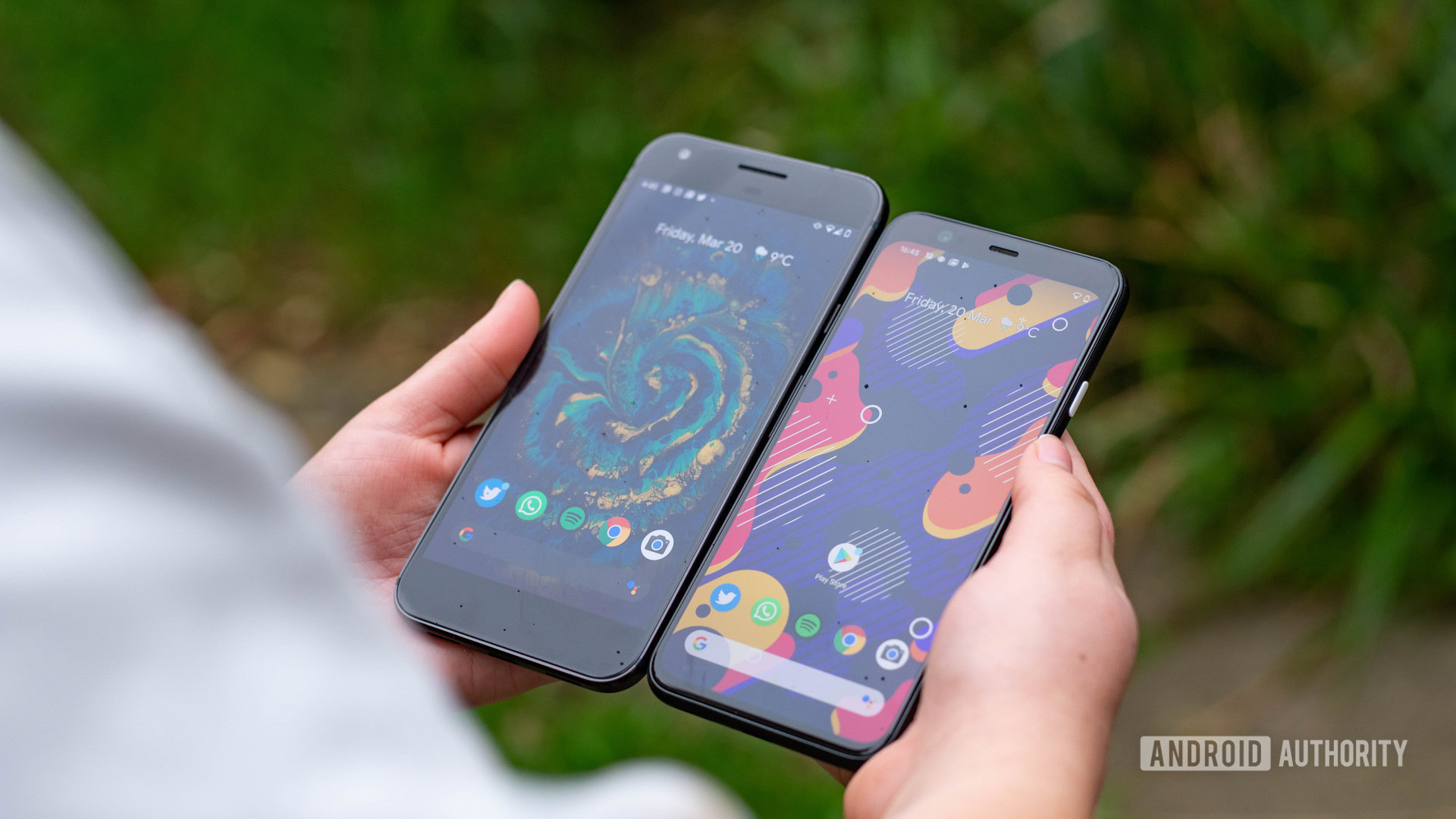
From a design perspective, it’s not aged well. There are thick bezels, a big chin and forehead, an aged two-tone rear layout, and harsh lines. But at least it has a headphone port! Granted, the most recent Pixel phone — the Pixel 4 — doesn’t feature a cutting-edge design, but it’s a tremendous improvement over the Pixel 1. It feels like you’re holding a piece of history if you’re coming from even a 2019 flagship.

Internally, the four-generation-old chipset and the now puny amount of RAM don’t hold up in benchmarks, which is to be expected. However, in general web-browsing, social media scrolling, and even light gaming, the phone performs way better than anticipated. I was assuming there would be hiccup after hiccup, but I was pleasantly surprised. I was especially impressed in gaming — even high-end 3D racing titles stayed above 60fps in my testing.
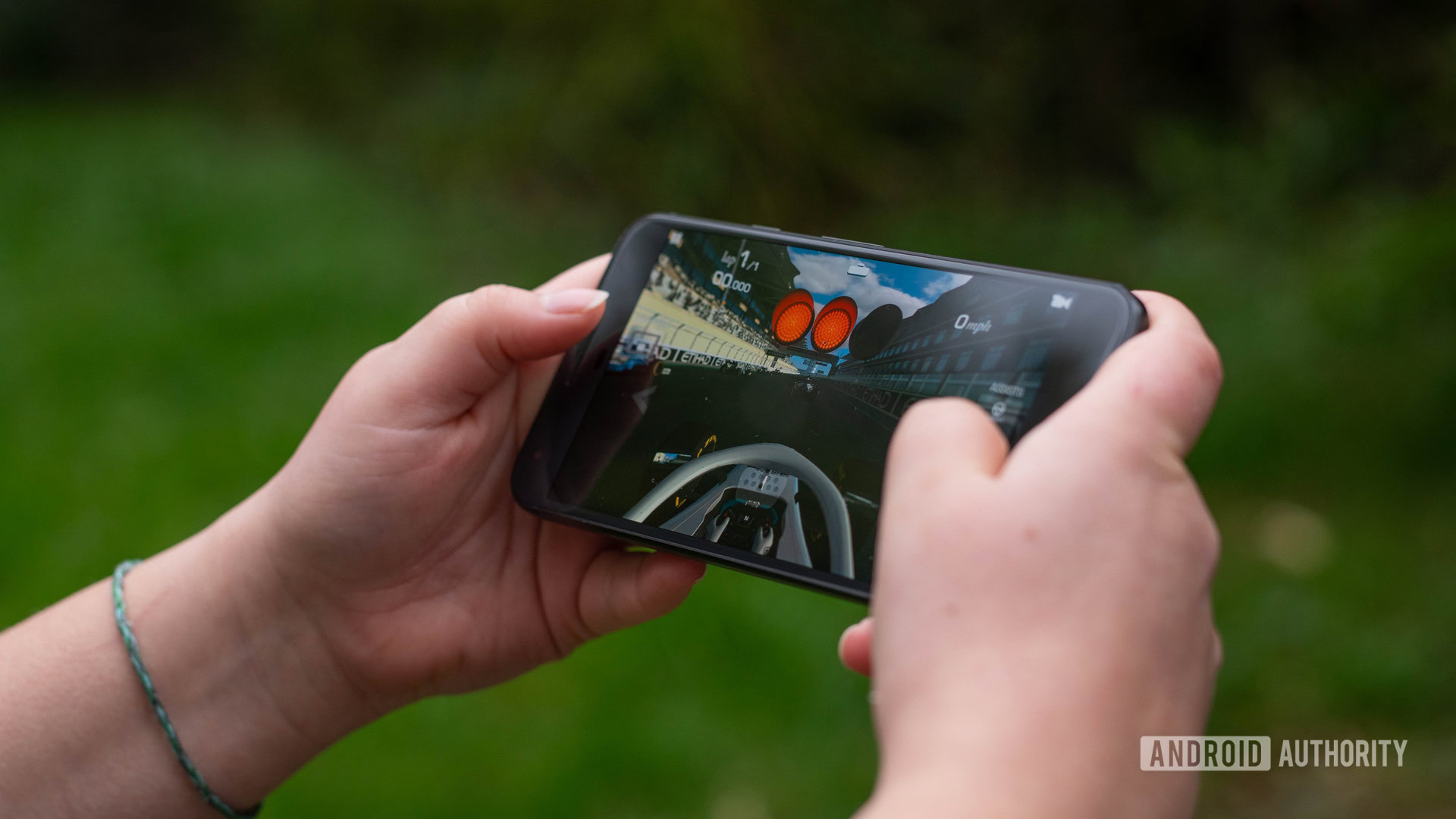
It’s no surprise that the software is to thank for this still-great user experience. It’s currently running Android 10, which it received on October 3rd, 2016 along with all other Pixel phones. That puts it ahead of a bunch of current devices from other brands.
This 2016 phone is running Android 10 before many phones released in the past 12 months.
Android 10 has transformed how the Pixel 1 feels. There are slick animations, modern gesture controls, and the latest Android 10 features; my favorites being Dark Theme and Night Sight.
What about the camera?
The Pixel’s camera system has been updated over the years in an attempt to keep up with the latest and greatest. Whilst it isn’t too close to the best cameras that 2020 can offer, it’s not half bad for a phone that’s over three years old. Granted, there’s only one camera on each face of the Pixel, but the quality is still impressive from both shooters. In fact, the original Pixel fared remarkably well in our shootout between all four generations of flagship Pixel phones.
The above test images were shot on an overcast afternoon in slightly low light. This is where you’d expect the Pixel’s small sensor, closed-down aperture, and lack of optical stabilization to hinder performance. There’s a significant but not overbearing level of contrast which is evident in the cars in the left image and the bushes in the right image. However, a good level of dynamic range and detail is also present in both images. The mood of the afternoon is definitely reflected in the images, which is to say stormy and gloomy. It’s definitely not 2020 flagship-class quality, but it’s surprisingly good given the age of the device. This surprising usability is a testament to Google’s updates to the device’s image processing.
Next up, I wanted to test some different strengths of the Pixel’s camera. The dynamic range test image of the supermarket car park is superb, capturing a lot of highlights in the sunny sky and shadows from the trolley-port. All while still managing to recreate accurate and true-to-life colors. I was fully expecting the trolley-port to be a crushed, shadowy mess, but there is still a lot of visible detail in that area. I then took a selfie in front of a bright softbox light to help evaluate the skin-tones and highlight roll-off where the shadows start to creep in on the right of the image. The Pixel really surprised me here. The soft roll-off is clean without any harsh contrast, and the representation of my complexion is pretty much spot on, too.
In the final tests, I looked at color-accuracy and natural bokeh. To get a shallow depth-of-field, and therefore a blurry background, a large image sensor is going to achieve batter results. This is why the Galaxy S20 Ultra’s bokeh is so satisfying without the need for portrait mode. The Pixel’s image sensor is 1/2.3-inches vs the S20 Ultra‘s 1/1.33-inches, making the Pixel’s heaps smaller and much harder to be able to capture that silky-smooth natural bokeh and achieve subject-separation.
Continue reading: Don’t fall for the 100MP camera hype
This didn’t seem to be the case with the images that I took. The picture on the left with the stalk shows a great deal of subject separation and a very blurry background. The stalk seems to pop out of the photo, contrasting with the messy branches behind it. Even in the right image, the flower manages to pop out against the blurry background. The color is slightly more pale than reality, however, it was in the shade, so the fact that the Pixel was able to capture the detail in the flower, the dark leaves, as well as the sky all at once is really impressive.
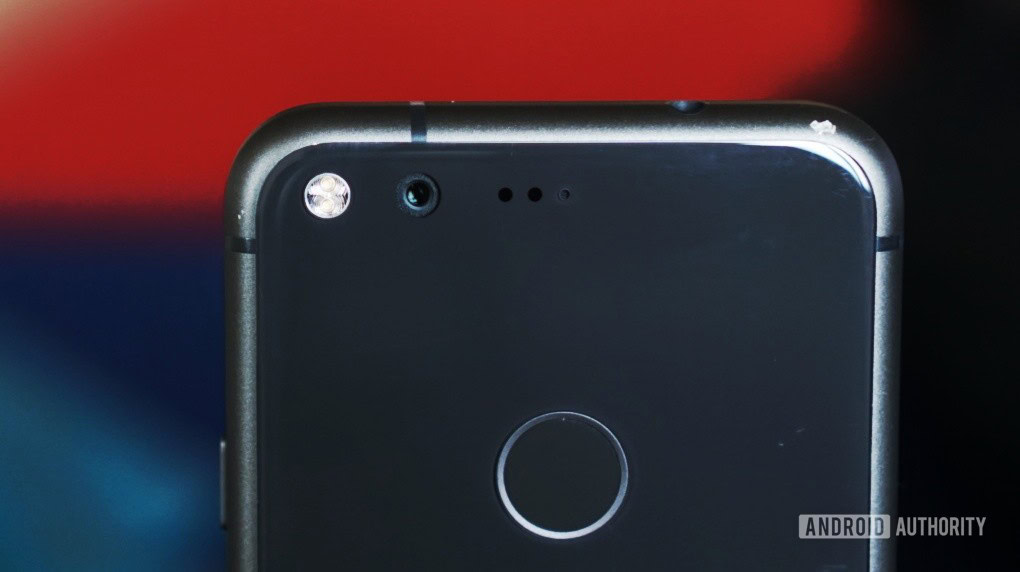
The Google Pixel’s camera really impressed me. I was expecting a lot worse given that there has been such a leap in camera technology over the past three years. We’ve seen periscope-zoom lenses, ultra-wide lenses, and time of flight sensors all be introduced to our smartphones, giving us so much technology for taking photographs. The fact that the original Pixel with its single primary camera can produce images this good in 2020 shows just how crucial image-processing is.
Google Pixel in 2020: The verdict
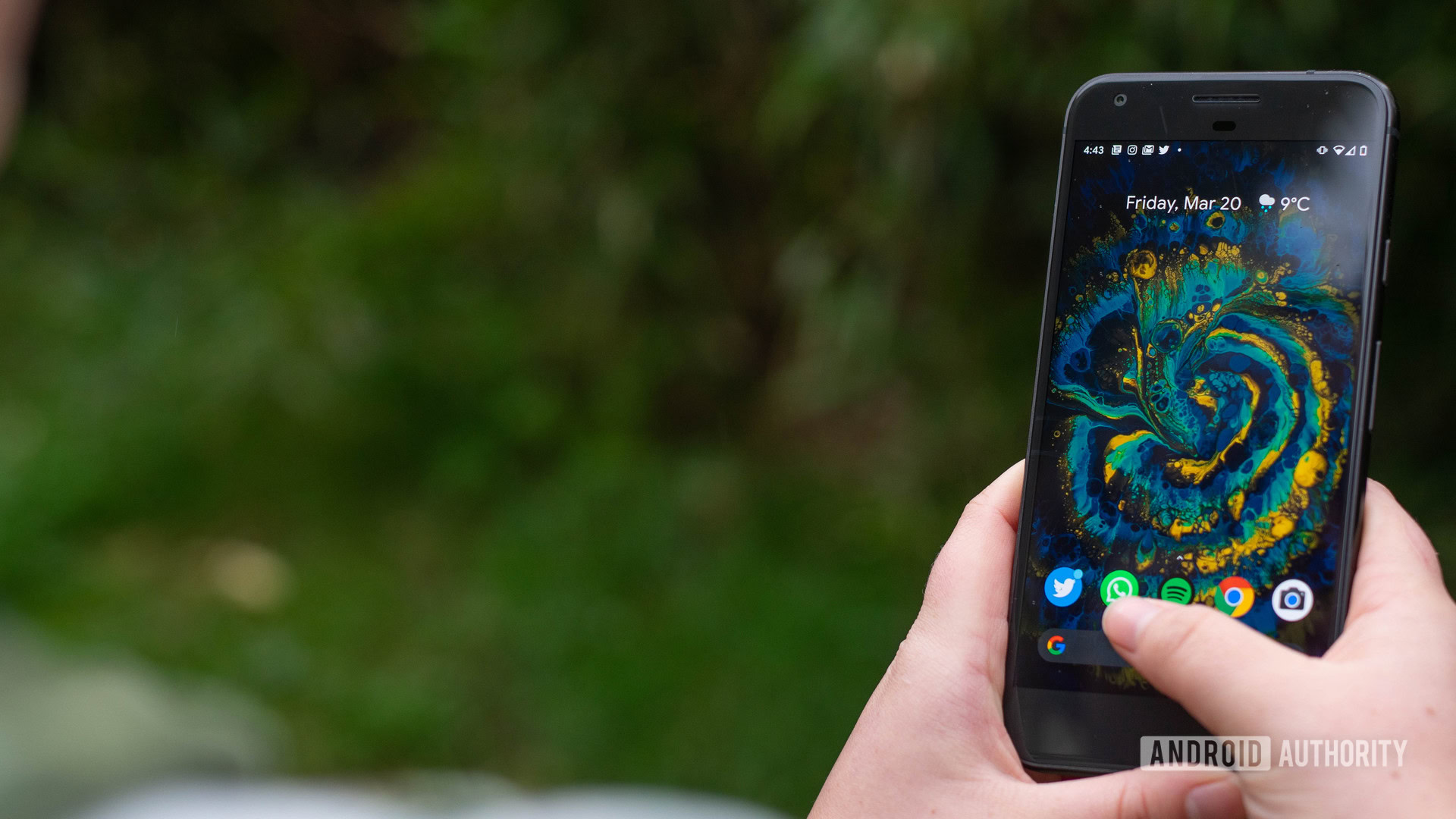
As an overall package, the Pixel is still more than usable in 2020. It’s proof of how long a phone can last when you update it and support it properly. For all the stick Google gets for its hardware, it deserves immense praise for keeping a 2016 phone up-to-date with as many features as possible. Especially when its competitors struggle to make it past two years of support.
The Pixel proves how long a phone can last with the proper support.
This software-focus is something that we should expect Google to lean into more heavily going forward. Based on the success that the Pixel 3a saw, all eyes are on Google to make the Pixel 4a a true successor in every right. And if the Pixel 5 is really going to be a flagship phone with a mid-range SoC, as has been rumored, we should remember that even a phone with 2016 hardware can impress when the software is this good.
What do you think about the Pixel in 2020? Are you still rocking the ex-flagship? Let us know in the comments!